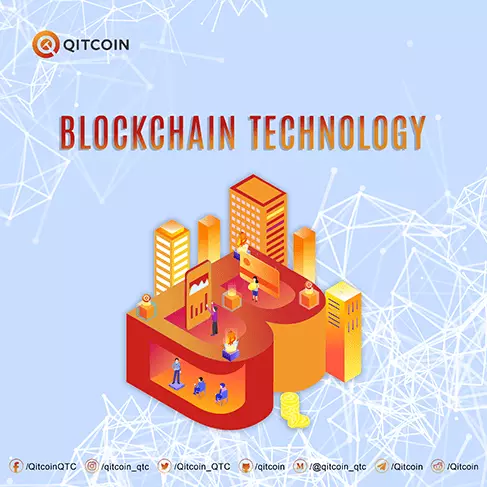
BLOCKCHAIN AN INTRODUCTION
Background of Blockchain
Well-designed Blockchain technology, as a stable, distributed ledger, not only avoids intermediaries, lowers prices, and improves speed and scope, but also provides greater clarity and traceability for many financial processes.
Blockchain development is currently in production for 40% of respondents from top tech companies around the world. In the meantime, 90% of executives believe Blockchain will become more important in the next three years. In the meantime, Blockchain technology is expected to boost global GDP by $ 1.76 trillion over the next ten years.
In fact, Latin America has already reached 77.1 million dollars of investment in Blockchain during 2020, and it would maintain a sustained growth until 2023 of 45%, at which time it would reach 232.9 million dollars, according to the State of the art of Blockchain report. in the Spanish company, prepared by Ametic, with the collaboration of ICEX and Realsec.
Now, what is Blockchain, the new wave of technological transformation?
The blockchain is a constantly growing list of information. That information is in blocks, and all these blocks are linked together. Each block matches the preceding and following, and the information that the middle block contains is encrypted by an algorithm using a cryptographic function called a hash. This makes this information inviolable. It is a secure, open, and public database.
To illustrate how the blockchain works, the metaphor of a ledger distributed among many people is often used. It would be a great book where digital events are recorded. The fundamental thing here is that this book is “distributed”, that is, shared between many different parts (nodes). It can only be updated from the consensus of the majority of the system participants and, once entered, the information can never be deleted. The Bitcoin blockchain, for example, contains an accurate and verifiable record of all the transactions that have been made in its history.
In other words, the authenticity of the Blockchain is not verified by a third party, but by the consensus of the whole: it is the same network of users that participates in it. Once entered, the information is recorded in multiple backups and cannot be deleted or modified. The only thing that can be done is to add new information, since the blocks are connected to each other, as we said, as if it were a path of lego blocks. This gives the system great reliability: as it is unalterable, the information is inviolable.
Transparency, Security, Distribution, and Traceability
The potential of Blockchain technology is practically limitless and it has long since transcended the field of cryptocurrencies (in terms of the creation of them or the enabling of APPIS and channels that allow financial institutions to give their customers access to cryptocurrencies). Transparency, security, distribution, and traceability are some of the many attributes for which the blockchain arouses an increasing interest in the most diverse sectors, such as those related to health, law, state, etc., in addition to, of course, the finance industry in general.
Likewise, in combination with other technologies such as Artificial Intelligence and Big Data, the Blockchain promises to achieve colossal achievements influencing the most diverse spheres, from the Fintech ecosystem to the energy sector, from digital identity to logistics operations, and even in regarding electoral processes over the Internet.
